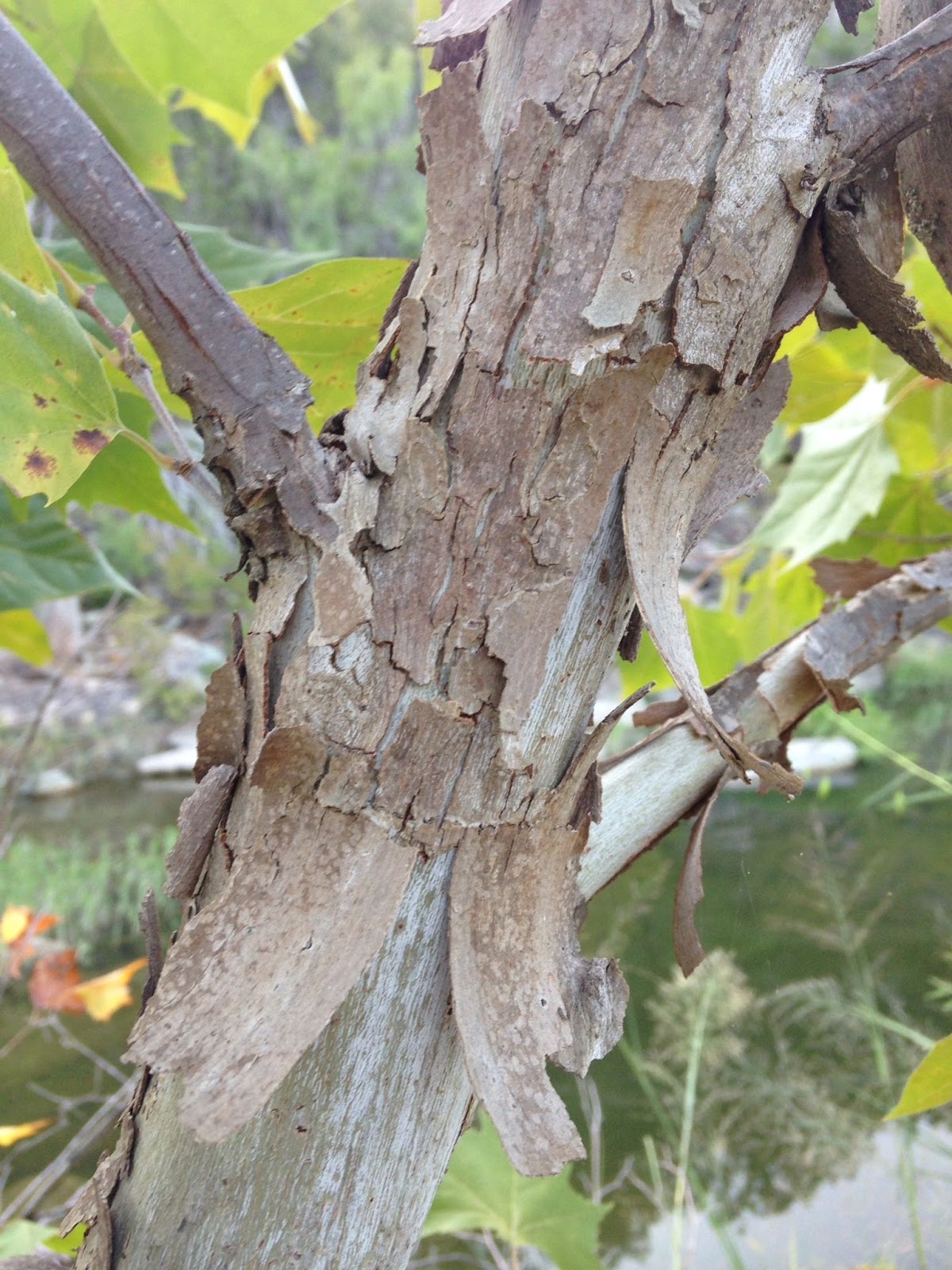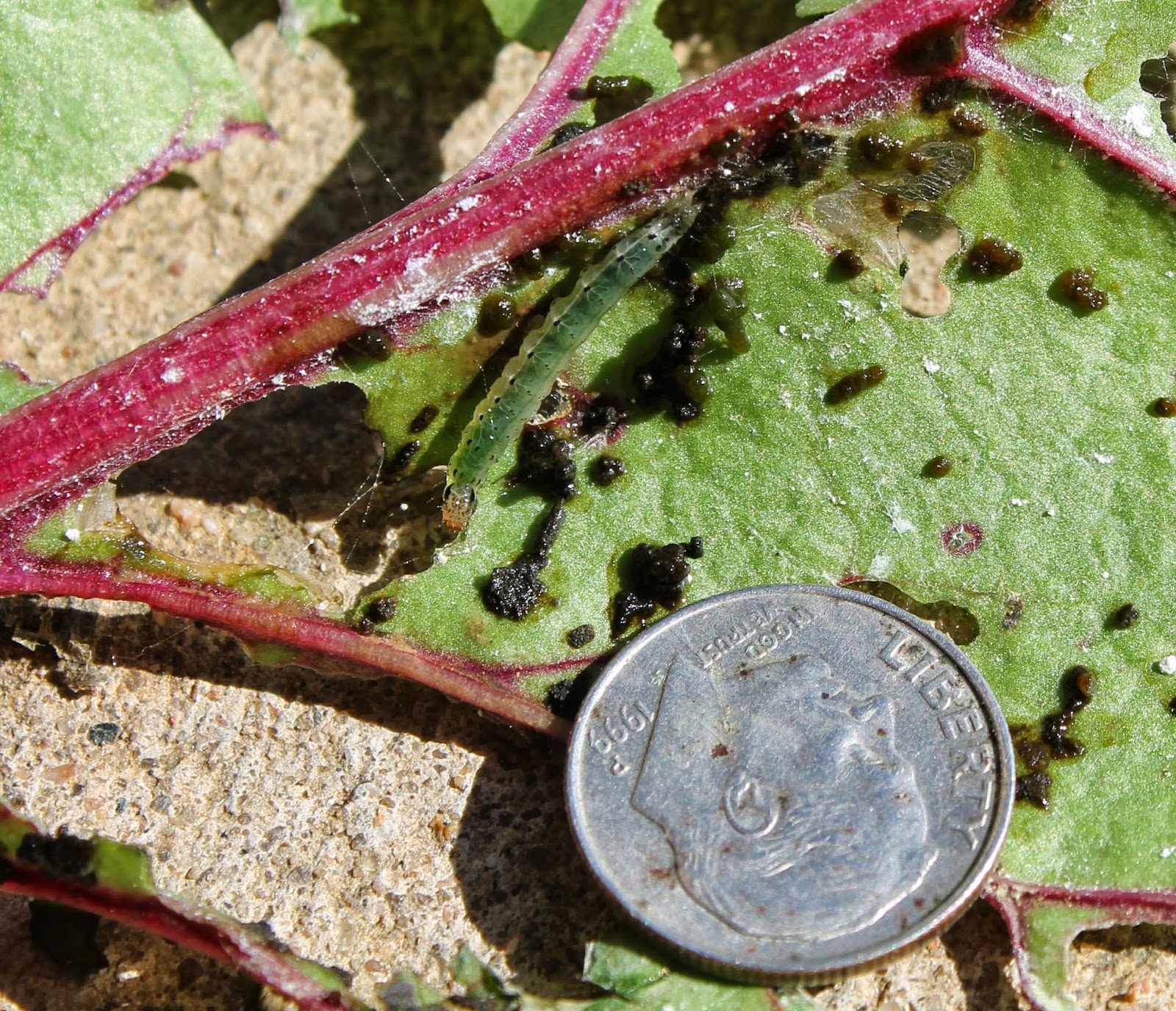Autumn begins today, and we’d like to push a small defense for the presence of fall here in central Texas. If our friends can argue for the existence of invisible beings bearing no resemblance to anything natural, then maybe we can do at least the possible thing: show that central Texas has its seasons every bit as much as the cliche seasons that any comatose resident of New England can appreciate.
What is obvious to us may still be subtleties to the casual visitor around here, but even that is to be appreciated as much as the subtleties differentiating wines or musical expressions or the faces of someone’s identically twin daughters. For us, the indescribable scents of first-fallen hackberry and elm leaves in mid-September resemble the more dramatic leaf-fall of October as the first and distant rumblings of evening thunder resemble the full-blown storm as it rides roughshod over your canyon at night. This morning we woke to a sunrise temperature in the lower- to mid-sixties, remarkable only by way of comparison to the upper-seventies of our warmer summer mornings. But who can fail to appreciate that fifteen to twenty degrees of cool change? We won’t feel frost for another couple months, but who would want that on a mid-morning such as this one when a north wind of seventy-two degrees is blowing down our canyon and we can still enjoy a hot cup of coffee under the shade of this live oak?
Sometimes the problem is that we tend not to see what we’ve failed to love. And nobody likes a hackberry tree. This may explain in part why its easily shedding goes unnoticed. Its leaves fall while they are still in drab green and greenish yellow, quickly turning their crispy gray on the ground. The hackberry is the quintessential “trash tree” in these parts, with its weak wood, its irregularly shaped crown, and its unfortunate name. The cedar elms, even weaker of limb than the hackberry, will eventually turn yellow, but this time of year only their fallen leaves do so. Still, to find these small golden leaves floating in the animals’ water bucket and staining the filtered light of the still waters excites in us the joy of that paradoxical change that is also nostalgic.
We walk, then, down to The Creek, passing a score of flowering plants the colors of which are invisible from even the short distance of our house. But up close among the rocks of the Stone Field and the Creekside, we easily enjoy all these additional signs that summer is at its end: white-topped snow-on-the-mountain, pink palafoxia, yellow-flowering senna and big-pod sesbania closer to The Creek, purple eryngo and wild morning glories, the brilliant red cardinal flower (Lobelia Cardinalis) which we’ve never seen here before and which is growing now on the west side of The Pool, and all the other truly humble flowers whose identification becomes seemingly less important as their size diminishes.
And then all the seeds and fruits maturing: blackening walnuts, the crimson drupes of sumach bobs, and the buttonbush’s white-flowering globes turning to button-like spheres of dried nutlets. The list of autumn plant-changes goes on, of course.
Then, too, the light. Equinox is a relative term when one lives in a small Canyon where our “sunrise” over the east bluff is a full three-quarters of an hour later than the sunrise of our hilltop neighbors, and the shadow of “sunset” falls much earlier over this western ridge. This being the case, our days have been shorter than our nights for a long time, now.
7:21am for official sunrise on 9/11/14 but for those of us hunkered down in a small canyon, it was more like 8:35:
Cedar elm leaves begin to litter the stoney ground.
Poison ivy beside the Pool turns its leaves' colors into something our New England friends might easily recognize as autumnally expected.
Grape leaves show their age. All leaves this time of year are, as Annie Dillard writes, "half-eaten, rusted, blighted, blistered, mined, snipped, smutted, pitted, puffed, sawed, bored, and rucked."
"Anything can happen in any direction; the world is more chomped than I’d dreamed. . .
Where have I been all summer while the world has been eaten?" (Pilgrim at Tinker Creek)




















































